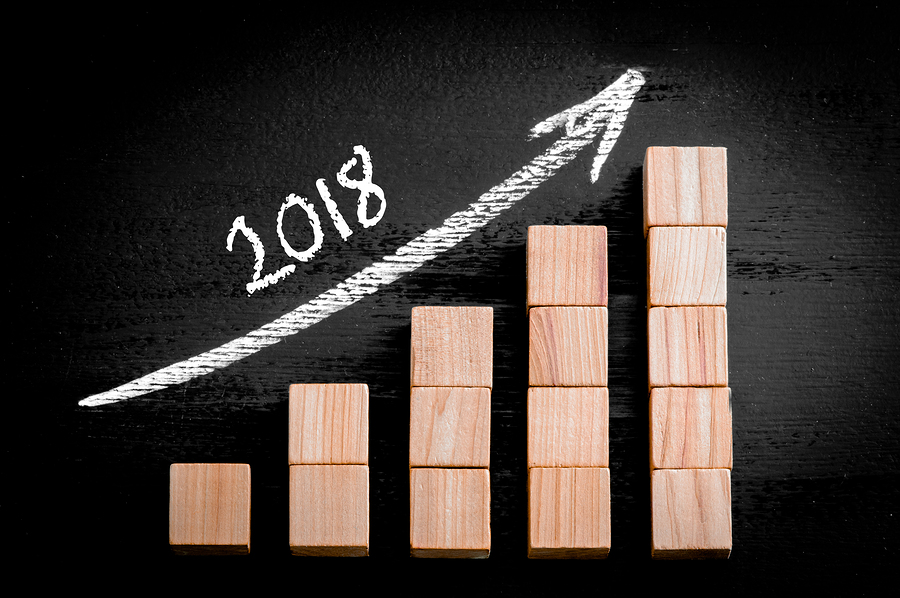Value judgments and othercaveats aside, one universal yardstick for measuring economic performance is the annual growth rate of the economy’s Gross Domestic Product (GDP) – a measure of the value of goods and services produced in the economy during the year. GDP for the last fiscal year, FY07, has been measured at around $69 billion – which makes Bangladesh the 55th largest economy of the world in terms of size. GDP growth for last fiscal has been estimated at 6.5 per cent.
A lot of attention is now being focused on the growth rate of GDP – no doubt a vital economic indicator. Every decade since the 1970s, the average rate of growth of real GDP has been rising by roughly 1.0 per cent. The 1990s decade gave the best performance with an average growth rate of 4.8%. Since 2000, that average is up, now reaching close to 6.0 per cent, for the period 2001-07. By all indications, the economy is on a higher growth trajectory. Analysts and researchers have been repeatedly sounding a note of optimism about the growth potential of the economy. A recent report of the World Bank (WB) suggests the economy has the potential to grow at rates much higher than its past record. The report calculates that if the economy were to grow at an average rate of 7.5 per cent for the next ten years, Bangladesh would become a middle-income country by 2016 or shortly thereafter, from its current standing as a low-income country. That would lift up a lot of poor people from the clutches of poverty and is something worth striving for. Distributional considerations apart, evidence worldwide is strong that economic growth is the most effective way to alleviate poverty.
This year, there is a lot of anecdotal evidence to suggest that investor confidence has been adversely affected by the anti-corruption drive. That is not good for manufacturing production or investment that determines industrial GDP – which now contributes about 30 per cent, while agriculture’s share is down to 20 per cent, and services make up the remaining 50 per cent of GDP. But anecdotal evidence from the first quarter of the year can give indications, not a complete picture for the whole year. Which is why the Finance Adviser appeared upbeat in replying to questions from the press last Thursday on his return from abroad. Based on import data for July-August, which show a 29 per cent rise in LC openings, and sufficient growth in the imports of industrial raw materials and intermediate inputs albeit a decline in machinery imports, he argued – quite rightly — that data indicated industrial capacity was going to be utilized though expansion might be affected. He thought it was still possible to achieve the targeted GDP growth of 7.0 per cent for the year. We believe, for that to happen, Boro would have to be a bumper crop to make up for the losses in Aman production damaged by the floods. Our farmers do respond to price signals and, given the hike in foodgrain prices, no one should doubt that they will respond positively, provided supply of agricultural inputs – seed, fertiliser, diesel, etc. – are adequately and timely ensured.
Though there is heightened interest about economic performance under a changed economic and political environment, we believe it is too early to make predictions about GDP growth for the year, on the basis of two or three months’ data. Bangladesh Bureau of Statistics (BBS), which is the agency responsible for official statistics on national accounts, does not have the system in place for measuring quarterly GDP. Had this been in place – as has been recommended by experts for long – there could be meaningful discussion on what GDP growth might be at the end of the year.
In the absence of such quarterly GDP estimates, if IMF or ADB has made some projections, it has to be acknowledged that those are based on a lot of speculative assumptions that might or might not come true. Two months do not a year make. We need to wait till more indicators become available from the BBS – such as the Quantum Index of Industrial Production, estimates of wheat, Aus and Aman and projections of Boro crop, imports and domestic production of construction materials, such as iron and steel, cement, etc. Value added estimates of the services sector – trade and transport, retail and wholesale, education, health and financial services, to name a few – typically do not fluctuate widely, year to year, though part of service sector GDP is dependent on performance of industry and agriculture.
The bottom line is that it is too early in the year to predict the growth rate of GDP with precision. The degree of speculation at this point would have to be so high as to render any projection highly suspect, if not meaningless. This is more so, given the known weakness in compilation of our macroeconomic data. Anecdotal evidence, which the lay person is tempted to rely on, is no substitute for aggregate macroeconomic numbers.







